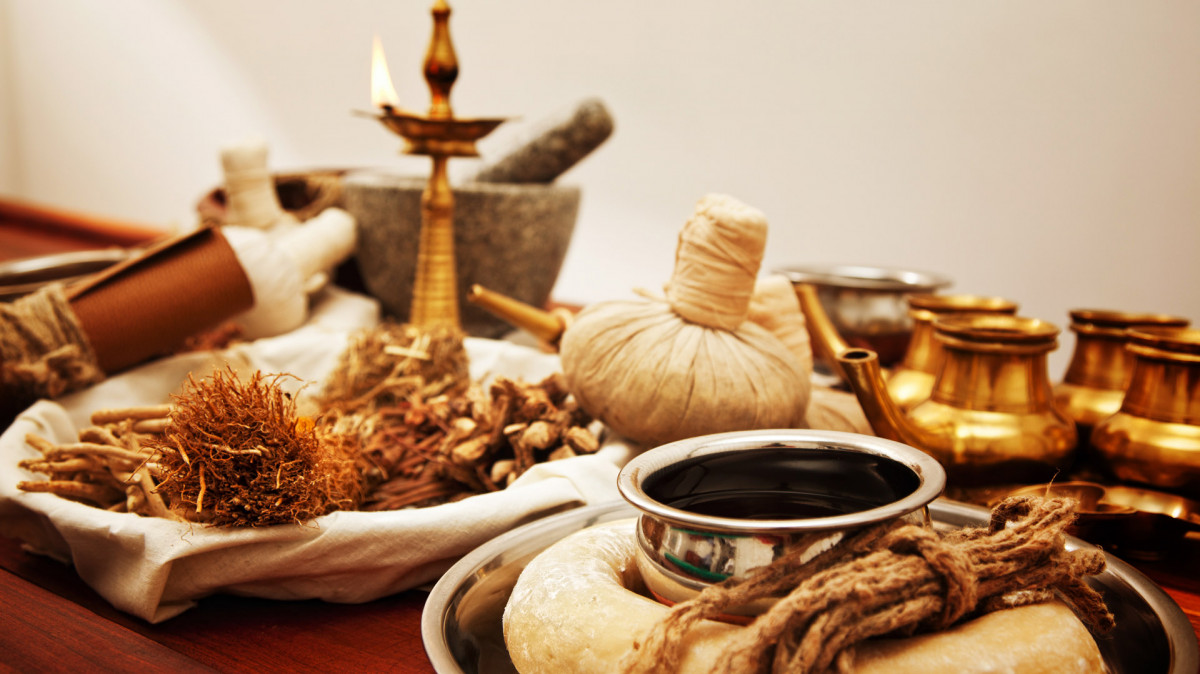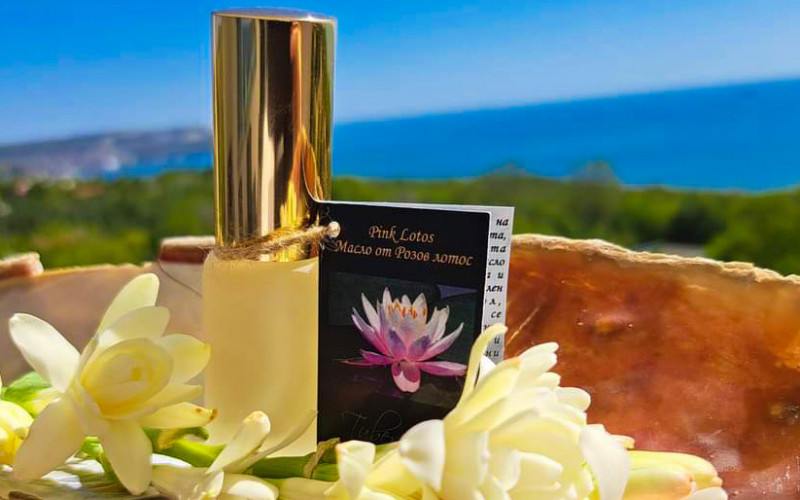Ayurveda: Origin, meaning and relationship to Hela Wedakama
Ayurveda, also known as the "science of life," is an ancient medical science that has its roots in India and developed over 5,000 years ago. The name "Ayurveda" is derived from two Sanskrit words, "ayur" (life) and "veda" (knowledge or science). This system of health and healing is based on the balance of body, mind and spirit and is known for its holistic approach to human health. One of the unique features of Ayurveda is its connection to the creation of other medical systems, such as Hela Wedakama, which originated in Sri Lanka.
Hela Wedakama: Home of traditional medicine in Sri Lanka
The ancient healing system of "Hela Wedakama" is a unique legacy that originated in Sri Lanka thousands of years ago. This system of medicine is believed to have common roots with Ayurveda, but also developed independently and has its own unique aspects. The origins of Hela Wedakama are associated with "Deshiya Chikitsa", an indigenous medical approach that existed in Sri Lanka over 2000 years ago.This healing practice was integrated into the daily lives of the ancient Sri Lankans many years ago, who used indigenous herbs and natural methods of healing. Sri Lanka is also believed to be the first country to have established systematic multi-specialty hospitals for the treatment of various diseases and conditions of the body. There are still ruins in some of the country's cities that many consider to be the world's first hospitals.
For thousands of years, Sri Lanka has developed its own system based on a series of recipes passed down through generations. Ancient kings, doctors and local people have diligently maintained and enriched its contents. Their primary goal was the survival and longevity of this important information for physical and emotional health. It contains a unique wealth of knowledge that cannot be found in any other medical system in the world.
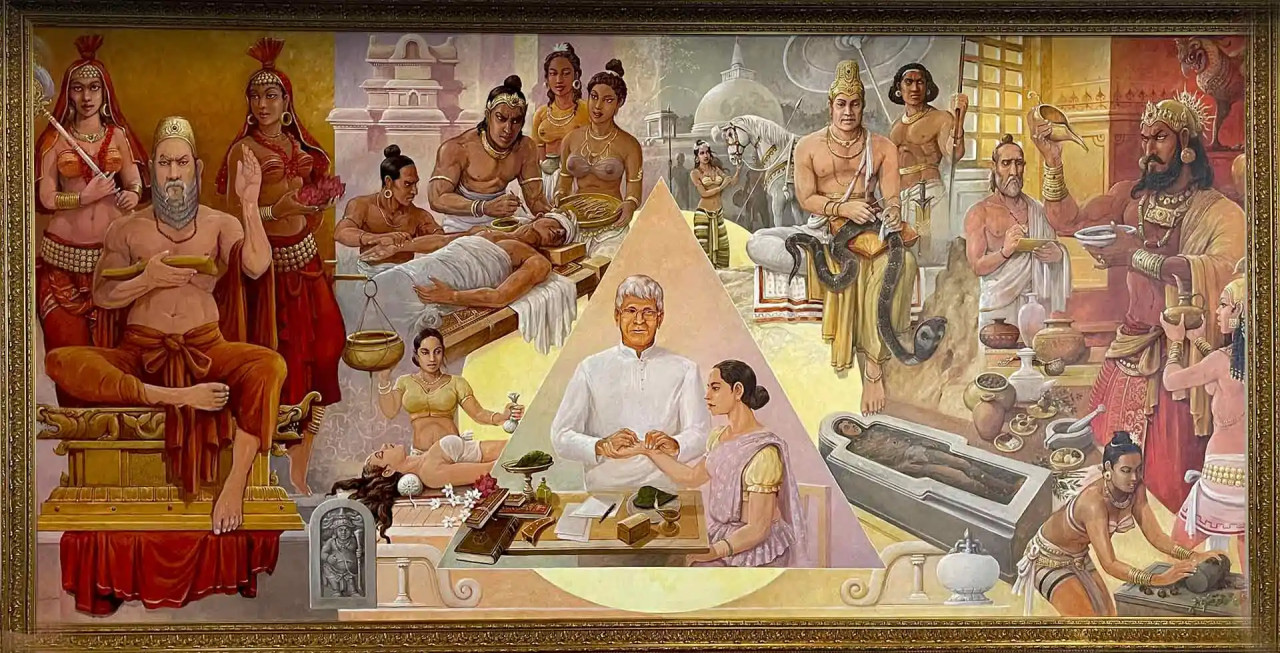
Hela Wedakama, which had persisted for many centuries, was greatly affected and almost disappeared due to lack of state support with the advent of European colonialism and the rise in popularity of prescription drugs. But thanks to the indomitable courage and dedication of local traditional healers, this amazing system has survived to this day. Including, in recent years more and more tourists are seeking salvation and alternative remedies for stubborn chronic ailments in Sri Lanka's traditional medicine. More and more people are beginning to lose faith in modern medicine and the hundreds of drugs leading to a range of side effects. They all seek their salvation in practices and understandings created centuries ago that are proven and sustainable over time.
Comparison between Ayurveda and Hela Wedakama
Hela Wedakama is often considered one of the original sources of medical knowledge that later developed into Ayurveda in India. While Ayurveda is generally considered to be the foundational system of traditional medicine and the main scientific method in India, historical evidence suggests that Hela Wedakama existed long before the heyday of Ayurveda and probably influenced its development.

According to ancient texts and legends, Hela Wedakama medicine was developed by legendary Sri Lankan healers, including Julesh Al Ravana. He is considered the original student of the healing arts, creating books and medical texts that have been passed down through the generations. He is also often seen as a key figure in the founding of Hela Vedakama, before it evolved and influenced the medical systems of India. In antiquity, the two lands - Sri Lanka (then Hela Diwa) and India - maintained close cultural and commercial ties, leading to an exchange of knowledge between Hela Wedakama and the Indian medical tradition.
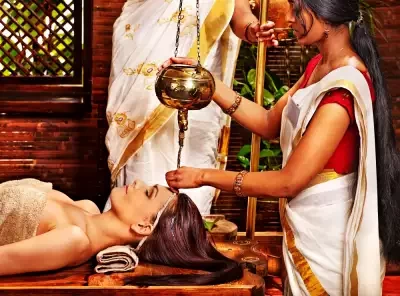
While Ayurveda developed in India as a structured system of medicine that treats various ailments by balancing the doshas (Vata, Pitta, Kapha), Hela Wedakama additionally focuses on indigenous herbs and healing practices that originated from the land of Sri Lanka and are unique to the Sri Lankan population. Often it also includes additional methods such as mineral healing, spiritual rituals and specific local treatments for broken bones, snake bites and other specific ailments. However, many of the concepts in Ayurveda, such as the holistic approach to health and the use of herbs and natural methods, are derived from the knowledge embodied in the Hela Wedakama.
Therefore, Hela Medicine, which has a thousand year history, not only predates the development of Ayurveda, but also created the basis for many methods and philosophies within the context of traditional medicine that are popular and valued worldwide today.
Fundamental principles of Ayurveda
While traditional medicine focuses on curing diseases with the help of various medicines, Ayurveda provides knowledge on how to prevent disease and eliminate its root cause if it has already manifested. This science looks at disease prevention through a personalized approach, taking into account each person's genetic profile, lifestyle, eating habits, environment and emotional state. It combines traditional Ayurvedic medicines, such as herbs and minerals, with healthy lifestyle practices, such as yoga and meditation, to achieve harmony and balance in the body.
Ayurveda is based on the concept of balance between the three doshas that each person possesses: vata, pitta and kapha. These three doshas are energetic forces that determine a person's physical and mental characteristics, and are responsible for their health or illness. Vata represents the energy of movement, Pitta is associated with fire and digestion, and Kapha represents earth and water and is associated with the stability and structure of the body.
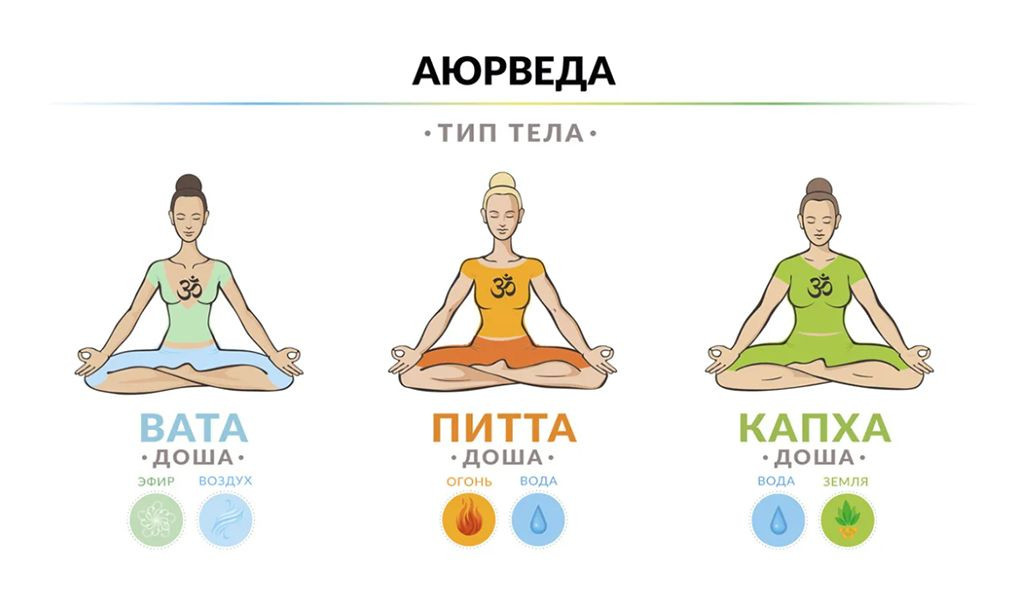
1. Vata dosha
- It is light, dynamic and cold energy;
- Responsible for motor activity;
- Includes all human movements from blinking, to circulation, to locomotion.
2. Pita dosha
- It is passive and warm energy;
- Is associated with transformations in tissues and organs;
- Involves metabolism and digestion.
3. Kapha dosha
- Entirely passive, cold and moist energy;
- Responsible for tissue, organ and body formation;
- Associated with the growth of the body and its defenses.

In the science of Ayurveda, it is believed that an imbalance of these doshas leads to various diseases. For this reason, the main goal of Ayurvedic treatment is to restore harmony between them through a healthy lifestyle, diet, herbs, yoga, meditation and various therapies such as Pancha Karma, a detoxifying combination treatment that aims to cleanse the body of toxins and restore health and balance in the body.
Practical application of Ayurveda
Ayurveda focuses not only on curing diseases but also on their prevention through proper lifestyle. According to Ayurveda, health is not just the absence of disease but a state of physical, mental and spiritual well-being. Therefore, one of the main objectives of Ayurveda, is maintaining balance in a person's life.
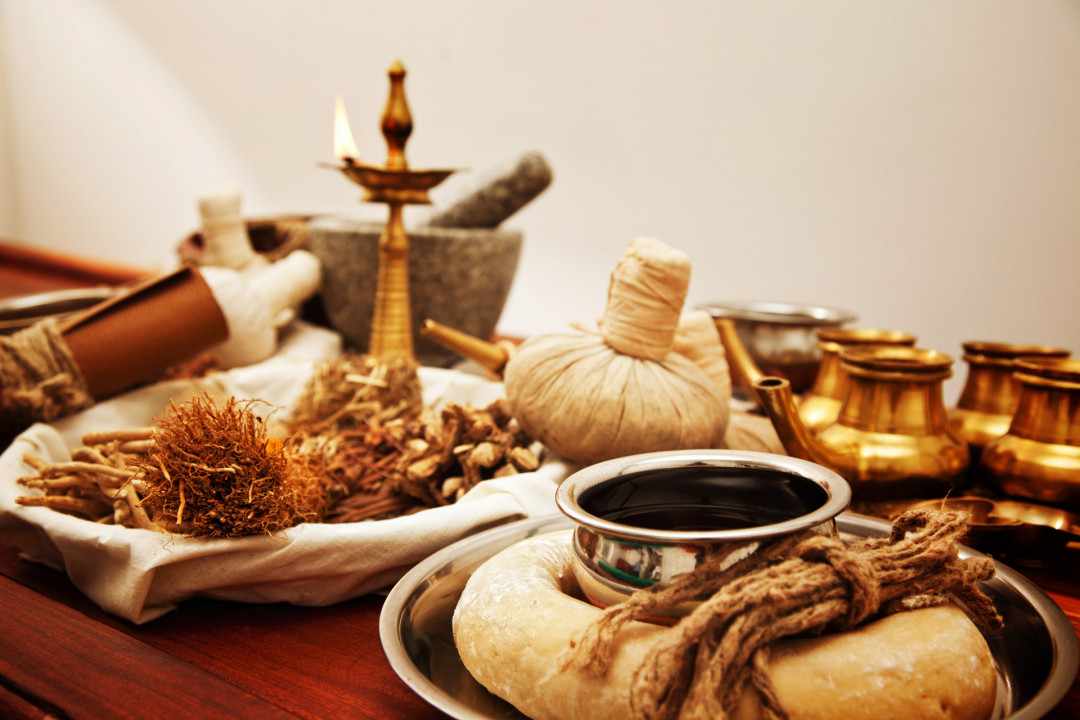
Ayurveda makes use of a wide variety of medicinal plants, which are considered to be a major component of treatment. One of the distinctive aspects of the use of herbs in Ayurveda is that disease is viewed in the context of its root causes and consequences. In Ayurvedic medicine, treatment with herbs and substances begins with an understanding of the unique doshas and the factors that led to the imbalance. Based on this understanding, Ayurveda selects the most appropriate plants and substances to restore harmony between the doshas while supporting the tissues and systems affected by the disease. In contrast, Western herbal medicine typically focuses only on the symptoms of the disease, which often results in temporary relief without addressing the underlying causes of the problem, and in some cases may even create a new imbalance.
The most common herbs in Ayurveda
Some of the most commonly used herbs in Ayurvedic treatment are ashwagandha, tulsi, triphala, brahmi, etc. Each of these herbs has its specific health benefits and are used to strengthen the immune system, improve digestion and maintain the balance of the doshas. Let us take a closer look at some of them and what are their benefits on the human body:
1. Ashwagandha (Withania somnifera)
- Benefits. It strengthens the immune system, improves energy and reduces anxiety. It is also used to treat insomnia and to increase physical strength.
2. Tuls (Ocimum sanctum)
- Benefits. It helps strengthen the immune system, reduces stress and supports the cardiovascular system.
3. Triphala
- Benefits. It is a powerful detoxifier and aids digestion. Triphala is used to cleanse the intestines and to improve metabolism.
4. Brahmi (Bacopa monnieri)
- Benefits. It improves memory, concentration and overall brain health. Brahmi is also used to reduce stress and anxiety.
5. Guggul (Commiphora mukul)
- Benefits: Guggul is known for its cholesterol lowering properties and aiding in fat metabolism. It is used to treat arthritis, lower weight and regulate blood lipids.
6. Shatavari (Asparagus racemosus)
- Benefits: Shatavari is an adaptogenic herb that supports women's health. It balances hormones, improves fertility and supports the reproductive system. It is also used to soothe the digestive system.
7. Manjishta (Rubia cordifolia)
- Benefits. It helps to purify the skin and is used to treat skin diseases such as acne and eczema. It also has anti-inflammatory properties.
8. Amla (Emblica officinalis)
- Benefits. It supports the immune system, improves digestion and is used to maintain skin and hair health.
9. Neem (Azadirachta indica)
- Benefits. It is used to treat skin infections, purify the blood and strengthen the immune system.
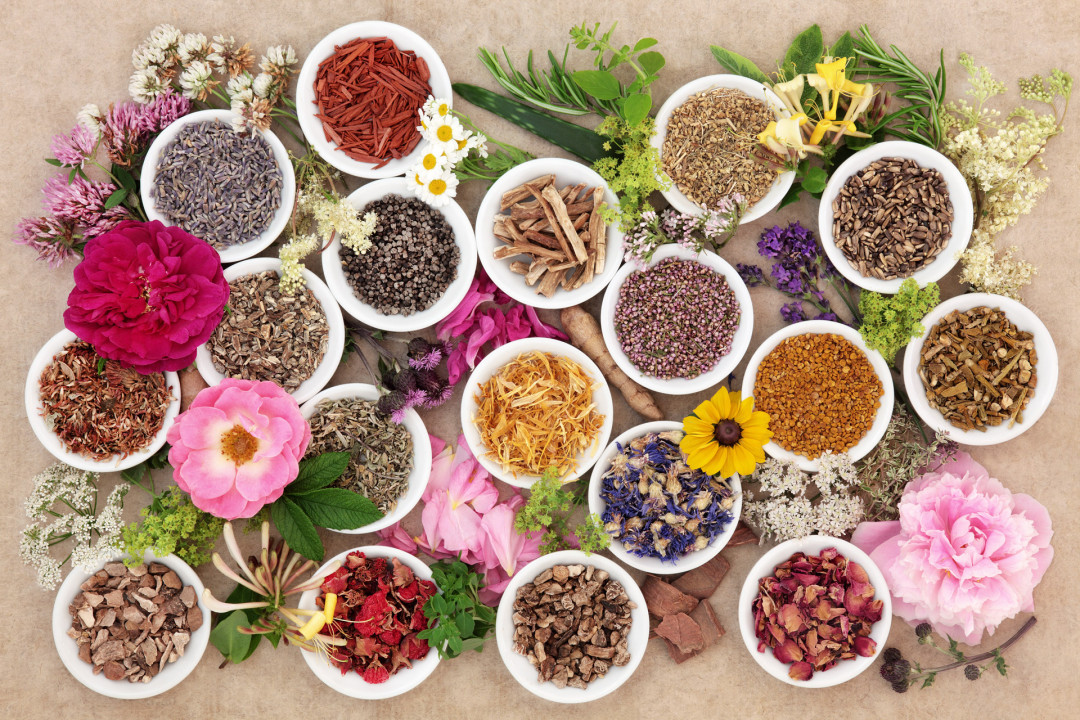
The rise of Ayurveda in the modern world
In recent decades, Ayurveda has gained immense popularity worldwide, with many people seeking alternative methods of healing and maintaining health. The main reason for this is Ayurveda's holistic approach, which focuses on improving a person's overall health rather than just the symptoms of diseases. In modern medicine, more and more doctors and specialists are beginning to accept the benefits of Ayurveda and integrate it into various therapeutic practices.
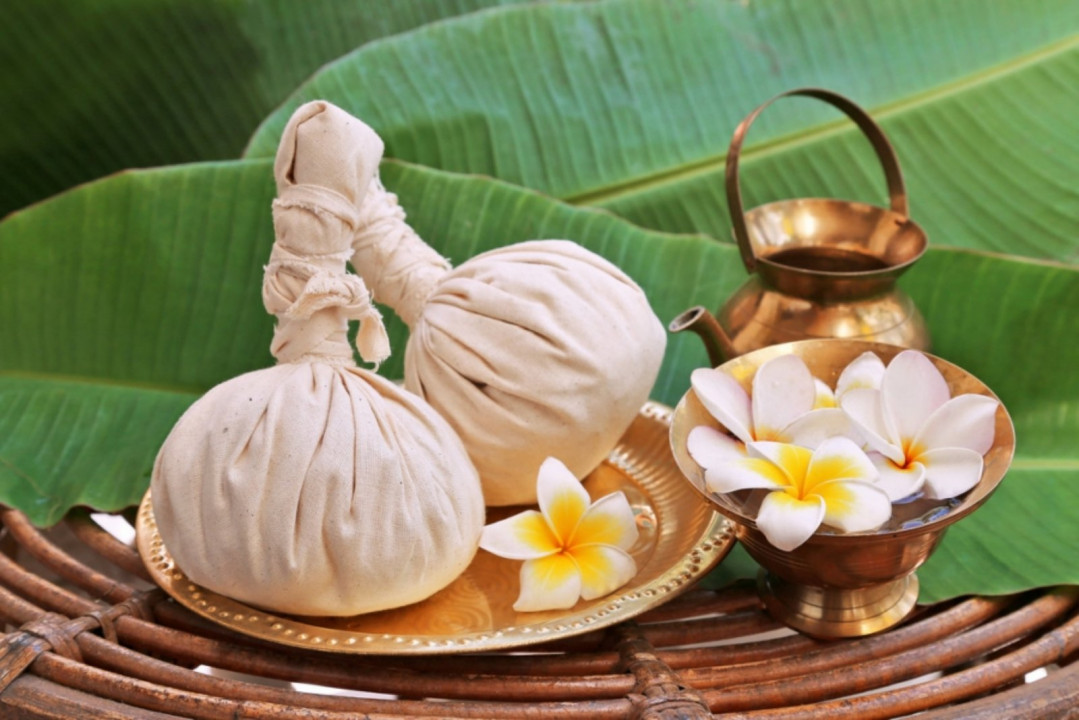
Modern Ayurvedic clinics offer a variety of therapies, including detoxification, rejuvenation, and immune system strengthening, and these methods are recognized and adapted in modern health systems around the world. Studies have shown that herbs used in Ayurveda have strong antioxidant and anti-inflammatory properties that can be effective in treating a variety of chronic diseases such as diabetes, arthritis and heart problems.
Ayurveda focuses on overall health, including a person's physical, mental and emotional well-being. But it is important to clarify that it is not a substitute for Western allopathic medicine. There are many cases where the disease process and acute conditions can best be treated with medication or surgery. Ayurveda can be used in conjunction with Western medicine to make a person stronger and less prone to disease and/or to restore the body after treatment with drugs or surgery.
Ayurveda and the digestive system
One of the most significant benefits of Ayurveda is its impact on the digestive system. In Ayurveda, the health of the digestive system is believed to be the foundation of the body's overall health. According to the Ayurvedic philosophy, when the digestive system is functioning properly, it helps in maintaining balance between the doshas and in eliminating toxins from the body.
Through the use of specific herbs and diets, Ayurveda can improve digestion and prevent the onset of various diseases associated with improper digestion such as gastritis, reflux and constipation.
Conclusion
Ayurveda and Hela Wedakama are ancient systems of medicine that continue to play an important role in healthcare in today's world. Although their roots are in different cultures, both systems offer a holistic approach to health that includes a balance of body, mind and spirit. With their unique methods of healing and millennia of history, these systems continue to inspire people around the world and offer natural solutions for maintaining physical, emotional and spiritual health. Their holistic philosophy, based on balance and harmony with nature, is at once modern and ancient, making them not only suitable for treating illness, but also for preventing and strengthening health through proper nutrition, detoxification, yoga and meditation.

